By Louie Stout
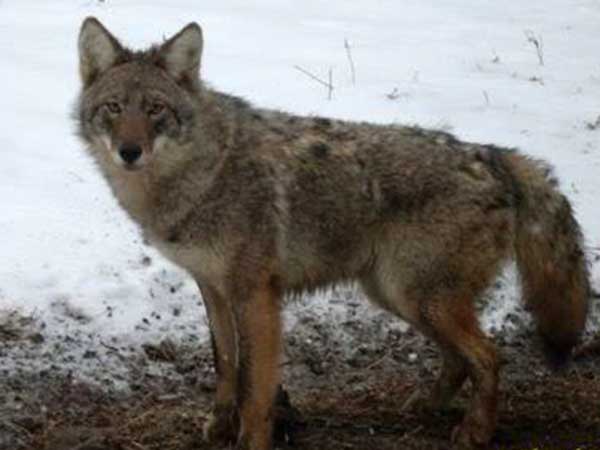 Coyotes Likin Urban LivingOsceola trapper Chuck Powell recalls a phone call he got from a landowner this fall.
Coyotes Likin Urban LivingOsceola trapper Chuck Powell recalls a phone call he got from a landowner this fall.
The man has a bunch of barn cats he feeds and was beginning to find their dead carcasses and suspected it was the work of coyotes, Powell said. And so did I.
The professional trapper had removed six of the wild canines from the same property the year before.
This time, he trapped and removed 11 over a two-week period in early October.
Indeed, coyotes are thriving in northern Indiana. And while many people assume theyre strictly creatures of the wild, thats hardly the case. Powell says there are more coyotes living in and near our urban areas than most people realize.
For example, the property where he trapped 17 coyotes over the past two years lies very near the Juday Creek Estates and other residential areas.
Powell says coyotes have become very adaptive to change, including those rural areas that are being absorbed by sprawling urban growth.
Ive seen coyotes in the University Park Mall parking lot, all through the outskirts of South Bend and around my home in Osceola, usually at night, said Powell, who also works a full-time job at night. People would be shocked to see what walks through their yards at night, regardless of where they live.
Should you be concerned? Not completely. Coyotes arent likely to attack humans but your small pets are at risk.
Especially small dogs and cats, Powell said.
Although the wild canines primarily feed on rodent and small game animals, they are are opportunists and will eat whats readily available and vulnerable to their attack.
According to the Indiana DNR, coyotes primarily feast on berries, mice, birds, vegetation, dead animals and deer fawns. But in urban areas, small pets add to the menu.
Coyotes rarely den except when having pups, sleeping during daytime hours in heavy cover fields away from human activity. They prefer vegetated fields over woods, and travel at night for food. Once they discover an area has enough for them to eat, they will frequent it.
Hence, the aforementioned property that was harboring the mans outdoor cats. The landowner put out food scraps and other goodies to accommodate his stray cats, making his location even more attractive to coyotes making their rounds.
They often roam in small family packs that include three to four pups, an Alpha male and Alpha female, Powell explains. They will cycle through their home area and cover quite a few miles every three to four days.
Coyotes were basically unknown to Hoosiers until the 1970s. Powell said they began coming on strong in the 1980s but says the population seems to be leveling off.
Theyre here to stay, say Indiana wildlife managers, and trapping remains a good, low-cost way to manage them.
The Indiana season runs Oct. 15 through March 15, but they can be taken outside of these seasons on private land. Landowners may remove a coyote at any time on land they own, or they can provide written permission for others to take coyotes on that land at any time without a permit. This gives landowners the ability to control what happens on their property, even outside of established hunting and trapping seasons.





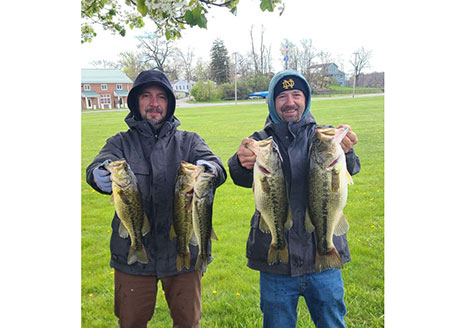
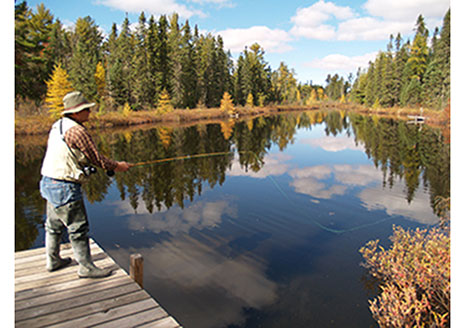
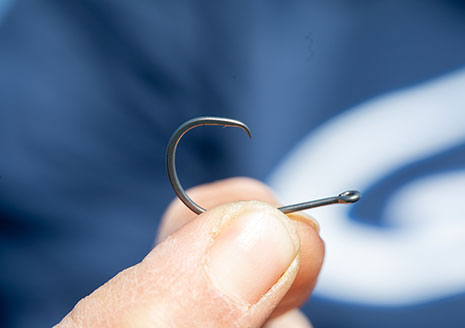

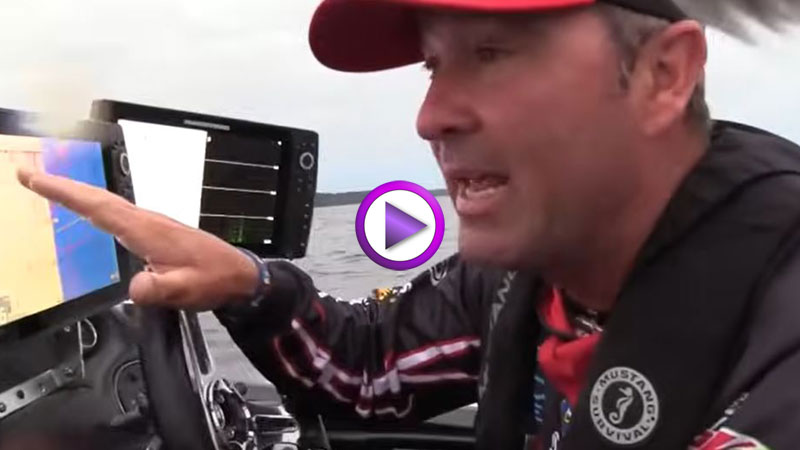




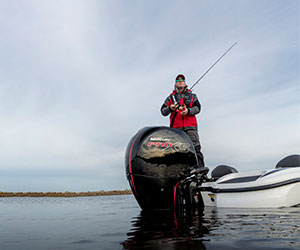
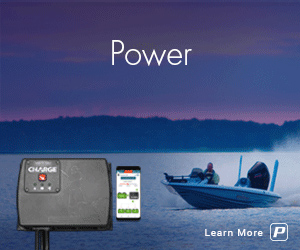


Connect With Us